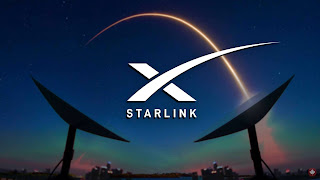SpaceX, the space company founded by Elon Musk, recently reached a major milestone in mobile connectivity by deploying a group of 21 satellites, including six dedicated to directly connecting Starlink services to smartphones. This milestone marks the official start of the deployment of the commercial constellation for direct smartphone connectivity, according to Michael Nicolls, Starlink's vice president of engineering.
Previously, Jon Edwards, SpaceX's vice president of Falcon launch vehicles, announced that the company aims to launch the new service by August. Starlink will initially focus on sending text messages to smartphones, with the goal of expanding its capabilities to include calls and mobile data connectivity as early as next year.
Prior to this official rollout, Starlink had conducted successful tests with satellites capable of connecting to smartphones. These tests allowed SpaceX to send text messages, post on social media, and test speeds on different smartphone models.
What sets Starlink's Direct to Cell service apart from other satellite-based mobile connectivity services is that it requires no special software or modifications to the smartphone. SpaceX has developed innovative technology that allows its Direct to Cell satellites to simulate traditional telecommunications infrastructure. This means any 4G-enabled device can connect to Direct to Cell without any hassle.
It's important to note that the goal of Direct to Cell is not to replace existing mobile operators, but rather to complement their networks. SpaceX is working with these operators to deploy Direct to Cell and offer improved mobile connectivity to users around the world.
Mobile satellite connectivity has the potential to transform the way we communicate and access information, especially in remote areas or those underserved by traditional ground-based infrastructure. With the launch of Starlink Direct to Cell, SpaceX is paving the way for more reliable and accessible mobile connectivity for all.




0 Comments